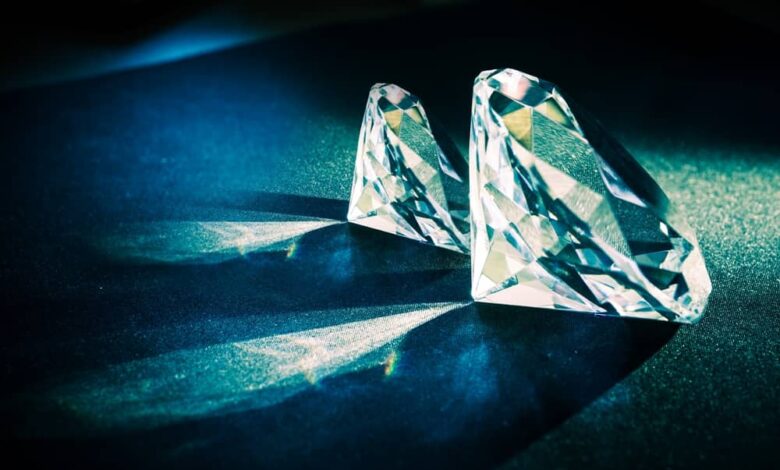
In a new, unusual approach to the climate crisis, scientists have devised a method for releasing diamond dust into the atmosphere. Scientists presented the far-reaching idea of using five million tons of pulverized diamonds each year to reflect sunlight and cool global temperatures.
Scientists say if deployed consistently for 45 years, this would cool the Earth to nearly 2.9 degrees Fahrenheit—a good buffer against surpassing that critical threshold of 2.7 degrees. However, a price tag of roughly $200 trillion makes it, for all intents and purposes, more theoretical than practical. Researchers argue that insane-sounding ideas are precisely what is needed as the world chases down runaway climate models.
This comes under the heading of solar geoengineering; the method is usually termed stratospheric aerosol injection. The process involves spraying minute particles into the upper atmosphere to reflect sunlight, reducing the amount of heat absorbed. In addition to diamond dust, the research analyzed several other aerosols, including sulfur, to test their effectiveness in real conditions.
The simulations considered each aerosol’s ability to reflect sunlight well, the length of time it remains aloft in the atmosphere, and whether or not it tends to undergo coagulation- a process wherein particles tend to clump together. Notably, diamond dust outperformed because it did not clump, remained aloft longer, and did not form acid rain- a problem commonly associated with various approaches.
Although striking in its potential, sulfur is far more practical because it’s cheap and easy to deploy. Douglas MacMartin, an engineer at Cornell University and co-author of the paper, says volcanic eruptions have given them plenty of lessons about how sulfur behaves in the atmosphere. Since sulfur is a gas, it’s easily dispersed from aircraft without the heavy payloads that diamond dust requires.
While the resulting image might be a far-out one of a diamond-laden sky, the study sheds light on some geoengineering complexities. As noted by experts such as Shuchi Talati, founder of the Alliance for Just Deliberation on Solar Geoengineering, the physics must first be understood before evaluating such interventions’ broader environmental and societal ramifications.
Ultimately, the research indicates an urge to find every possible alternative to help reduce climate change, even unconventional ones. Diamond dust may not be the ultimate answer, but this keeps up the ongoing discourse about the measures necessary to preserve the planet for future generations.



